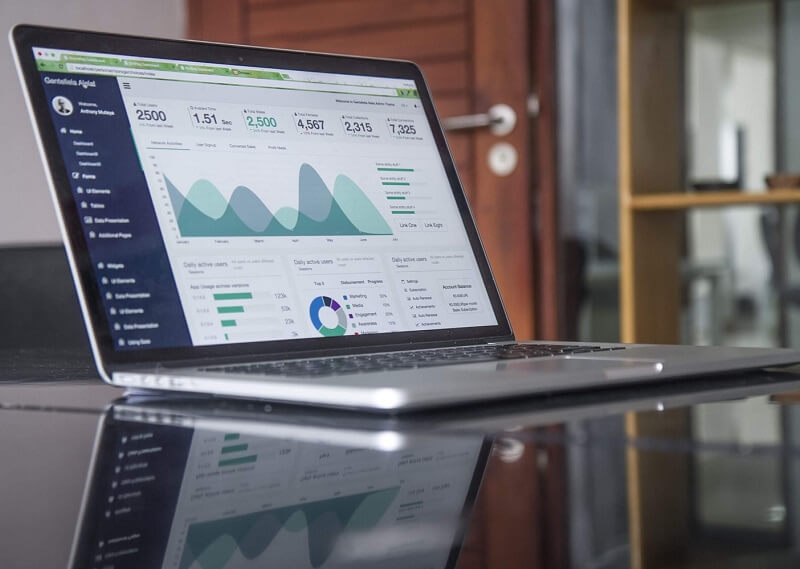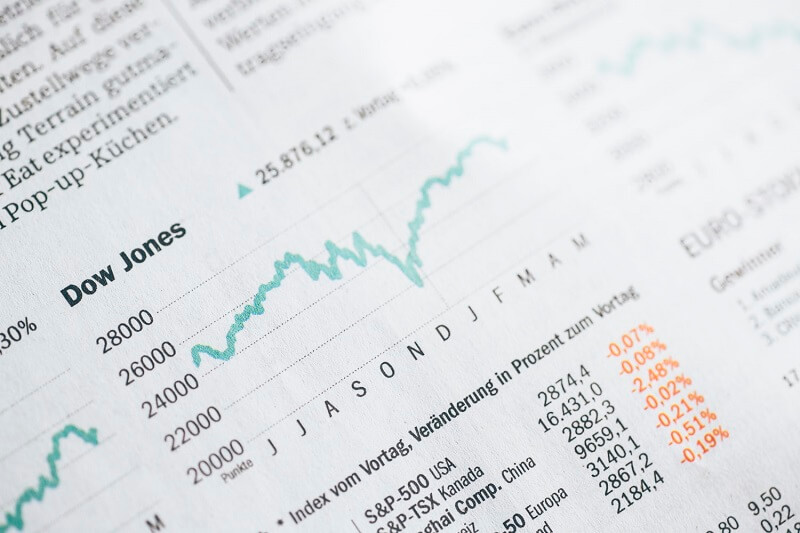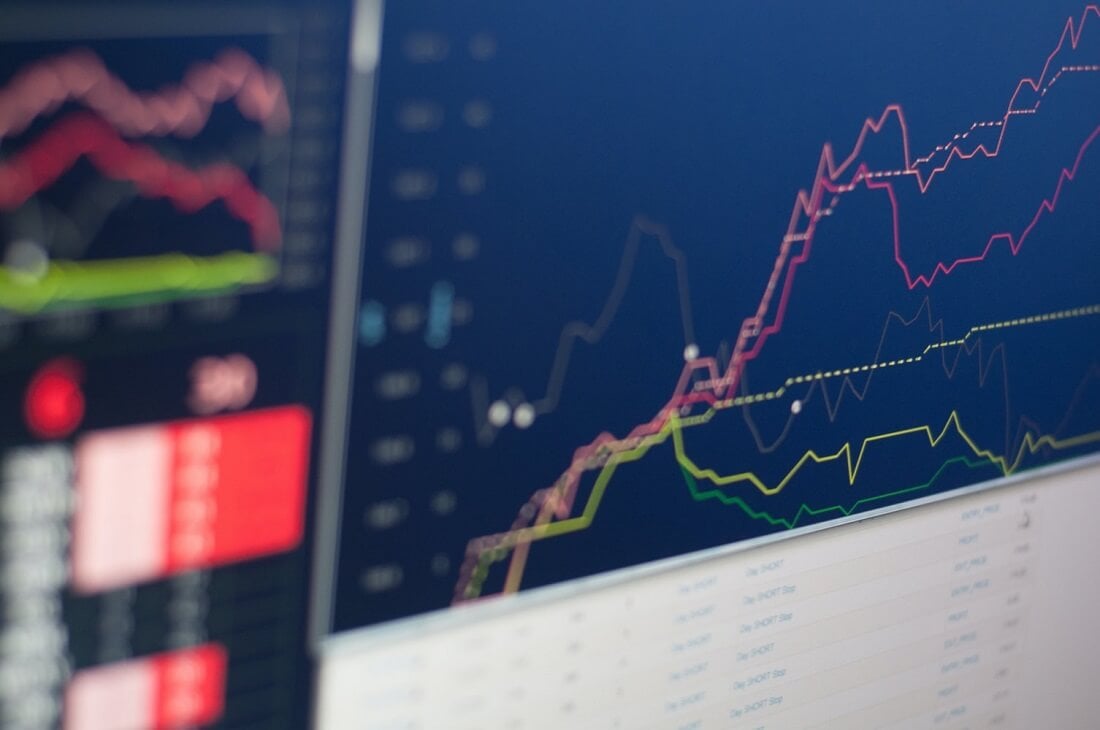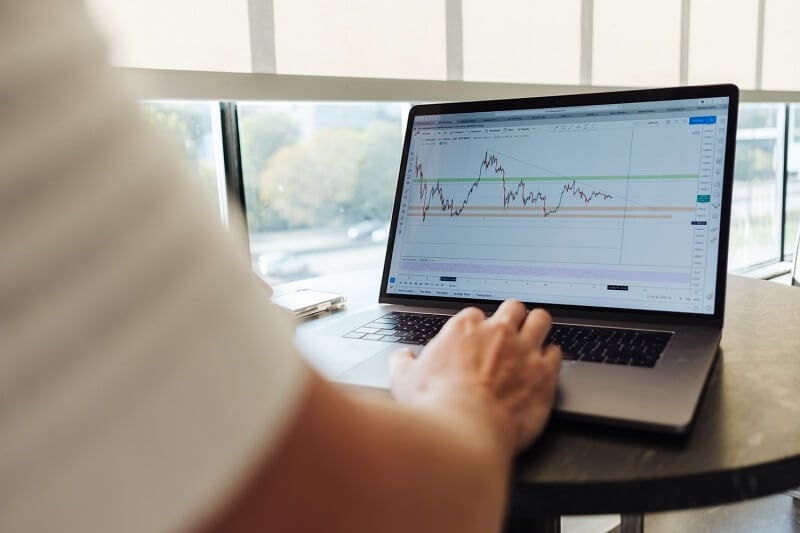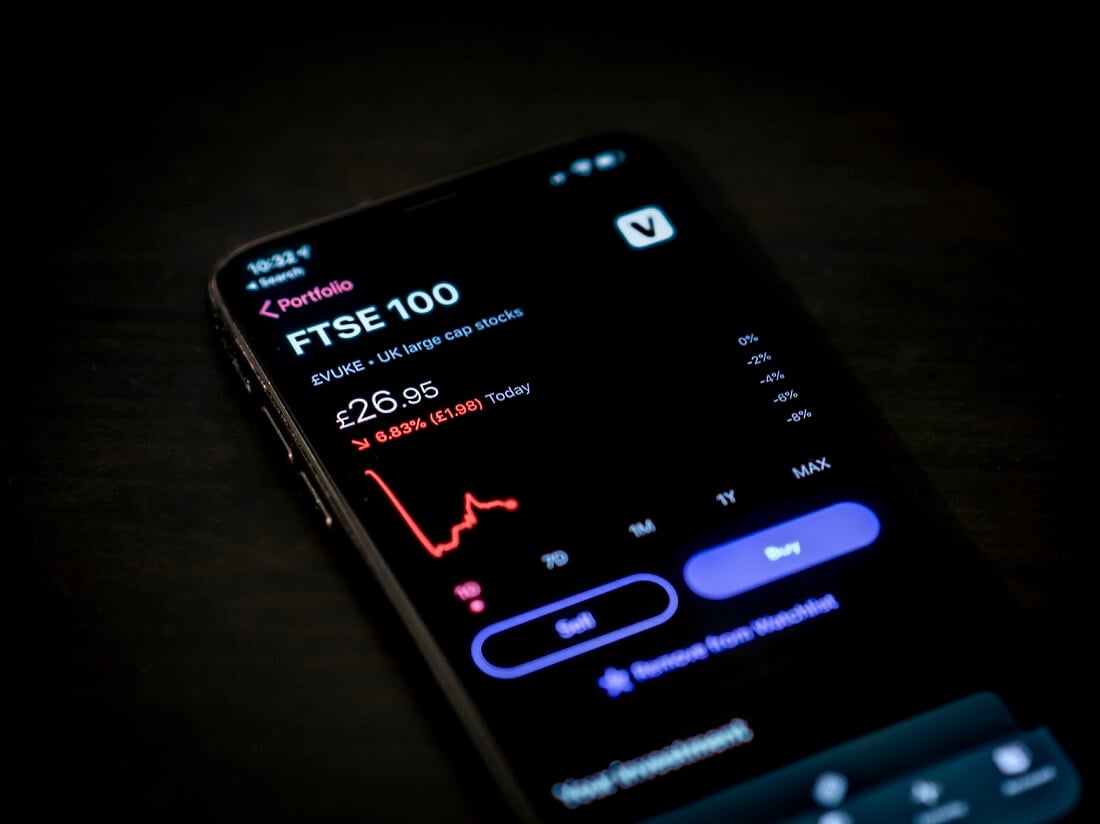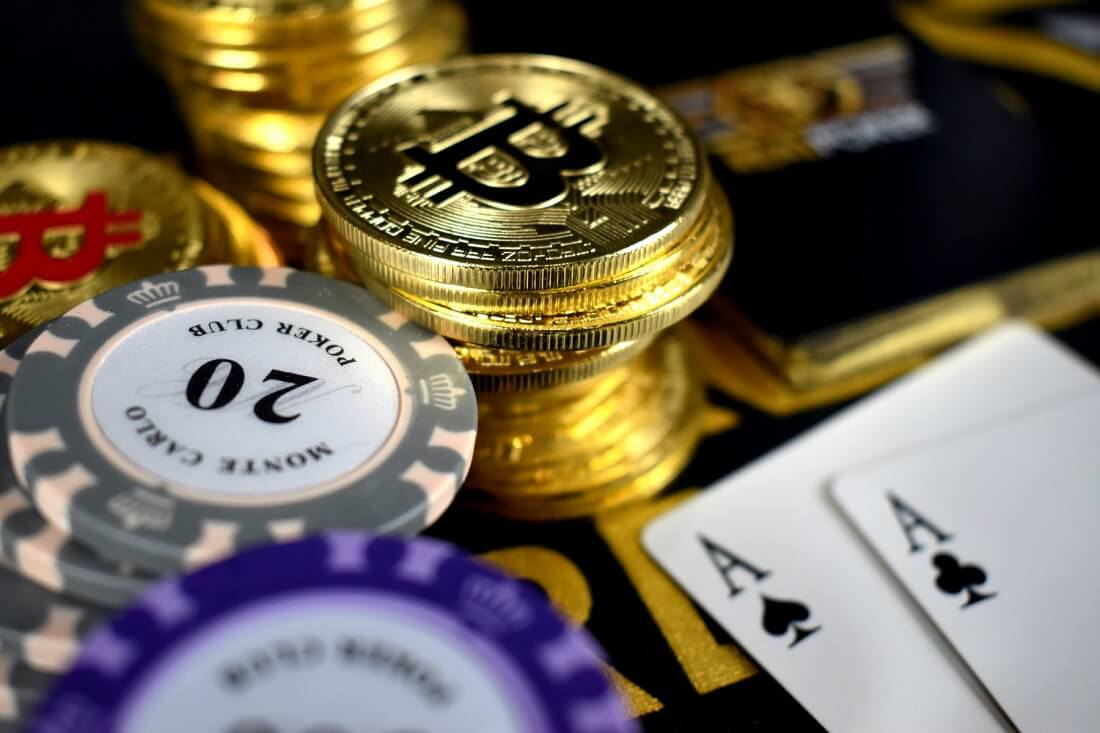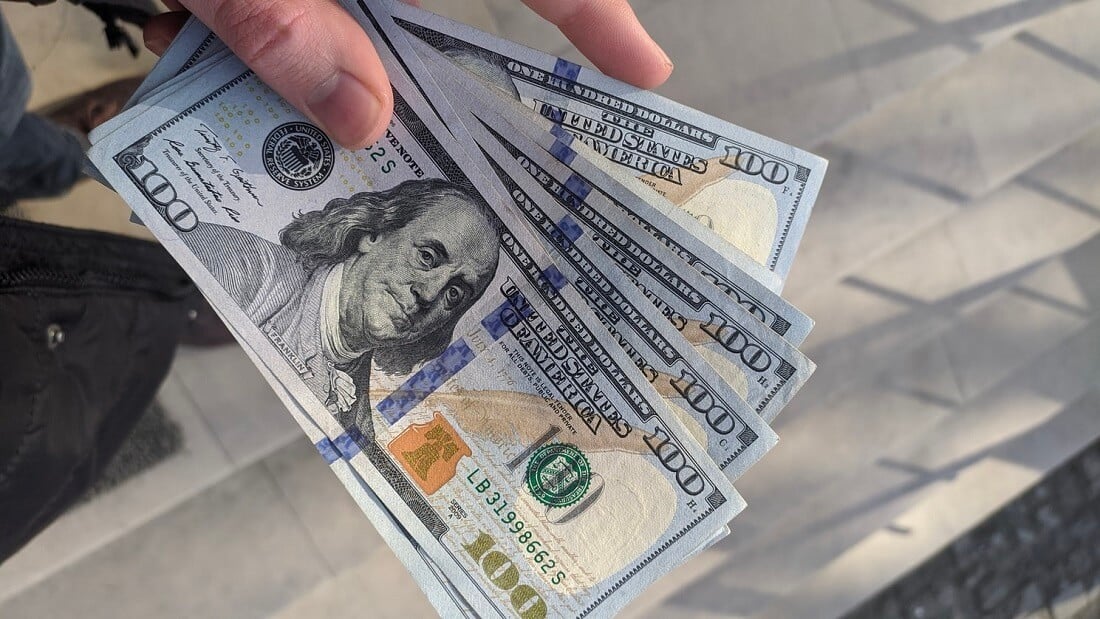
Everyone would like to earn a lot, but everyone has a different way to do so. Why long-term investing is still the best chance?
By Gorica Gligorijevic
I’ve heard some people saying that the “buy and hold” investing strategy is dead. That was quite interesting because they said that in the context of coronavirus pandemic. This pandemic is changing the world and us personally for sure, but why are they so convinced that long-term investing is dead? I have to disagree. The strategy “buy and hold” will never die, and here is why.
But let’s have a more in-depth look at new investors’ psychology first. Who are they? They are under 40, worried for their capital, fearful of the future. The majority prefer short-term trading more than long-term investing because the current economic situation is so unpredictable. People are losing their jobs; unemployment is growing. On the other side of this is a great potential to profit from trading stocks. Their price fluctuates, changing every day, every hour, which is a great opportunity for profiting in trading.
For example, let’s go back to February this year. Stocks dropped by more than 30 percent of their value after February 19th and touched the bottom in March. That was the sharpest downturn ever seen before. But what did happen in September? The major indexes are closed to record levels. That was a great rebound. Someone would say it was an excellent opportunity for traders, and such would be right. But what about buy and hold investing? How is it still a profitable strategy? Let’s not listening to the naysayers and try not to underestimate the investing strategy that rolls the capital.
You can find empirical proof that demonstrates the long-term advantage of the “buy and hold” investing over any other strategy.
But to appropriately benefit from this strategy, you’ll need to secure against main pitfalls that may appear.
“Buy and hold” investing strategy doesn’t mean “buy and forget.”
Traders-Paradise already wrote about the importance of maintaining the investment portfolio. As an investor, you MUST stay engaged with it. Long-term investing will not allow you to forget the improvements in your portfolio. For example, asset allocation is necessary from time to time.
It would be best if you stayed fully tuned into what’s happening in each of your holdings. By no means you cant allow to neglect it. You have to know what is going on with each of your holdings, and you must be ready to make all necessary adjustments according to current market conditions.
Don’t buy what you know.
It’s a stupid mantra and might lead you to significant losses. Many new investors load up on stocks from the companies whose products they use in everyday life. That’s completely wrong, especially if you keep them forever or at least several years despite the low earnings. I know that people are usually emotionally involved in their favorite products, but it doesn’t mean you have to buy their stocks if you like something to use. Just buy the favorite product and think twice about buying stocks. It would be best if you based your decision to buy stocks on the evaluation, a due diligence method that provides you a firm grasp of the company’s prospects. For example, what is the company’s competitive position? Do you know anything about that? What is the precise value of the company’s stock?
It is vital to avoid a blind spot when it comes to stocks that you think you know. I know you will ignore the negatives of the company because you fall in love with the stock. Nothing is wrong with love in your private life. It’s nice. But investing based on emotions is a dead-end path. It is more likely you’ll end up in losses.
Have a plan
Keep in mind, never buy stocks randomly to fill your portfolio. It would help if you built your investment portfolio based on an investment outlook. Always be ready to adjust your portfolio according to changes in the perspective. That means you’ll need a plan.
I am not proposing an elaborate and exact outlook for growth in the next quarter, but you definitely need to understand the market. In light of the current pandemic, we all can see companies suffering due to social-distancing policies – for example, hotels, airlines, etc. But what we have to take into consideration? Fiscal and monetary stimulus. That could provide the economy to bounce back. This downturn or pandemic will not last forever, or we will learn to live with it and find beneficial opportunities to invest in. If you’re worried about what the shape of the recovery will be, forget it. In long-term investment, it doesn’t matter.
What matters is the recovery will come and if you’re investing now, estimate the possibility for the company to withstand the next few months of this agony.
And you must be flexible enough to adapt your positions if your outlook changes. That’s all. Can you see how the buy and hold investing strategy is the safest choice?
The buy and hold investing strategy is the right choice forever. Please keep each of these in mind while creating your stock portfolio to boost your odds of profiting.





